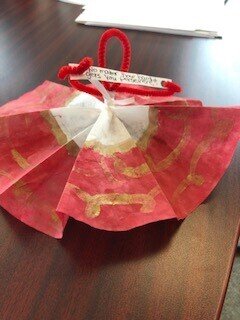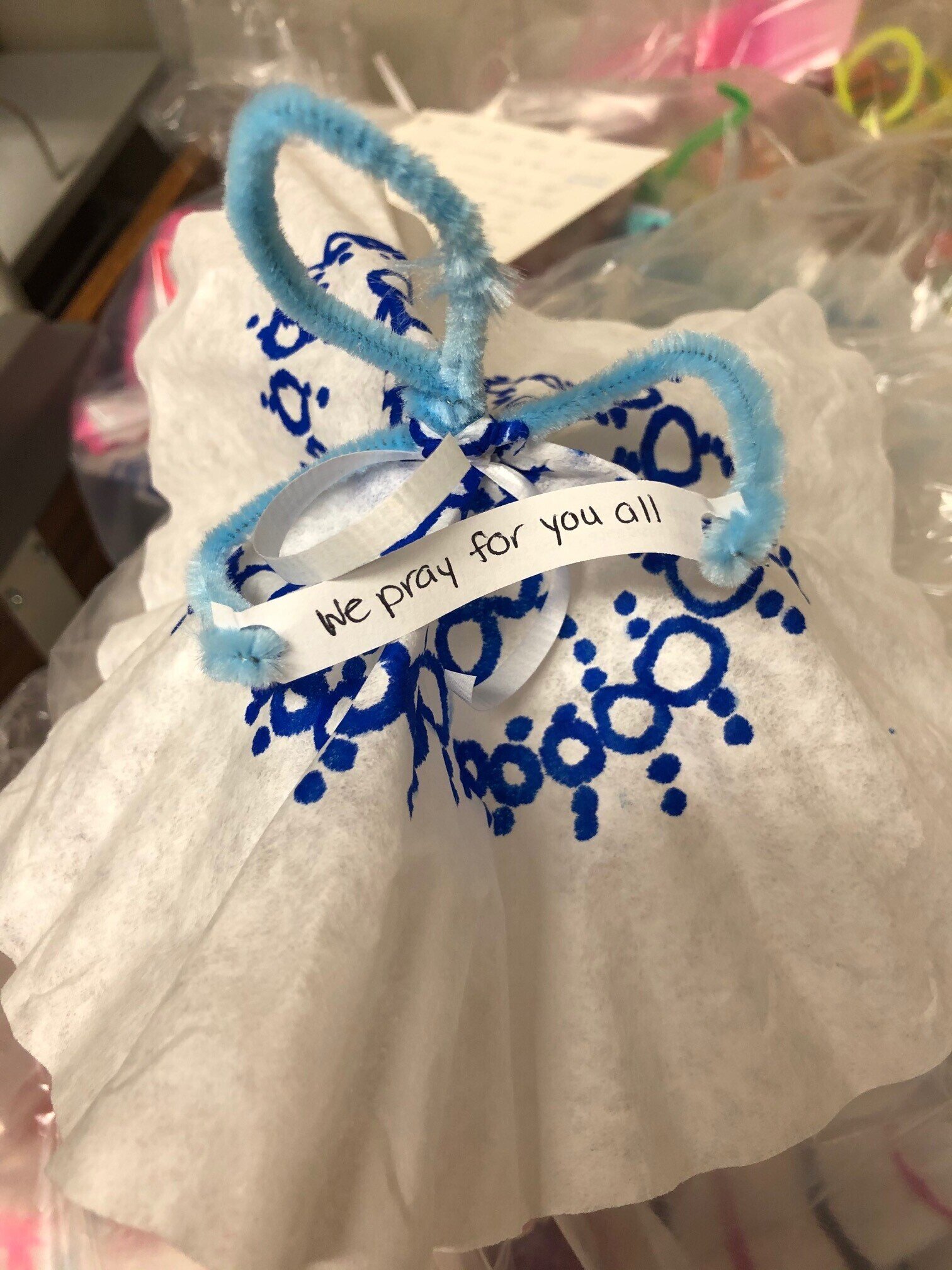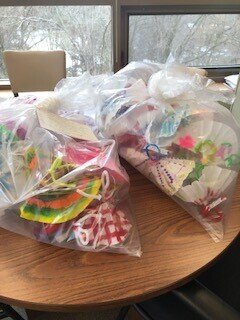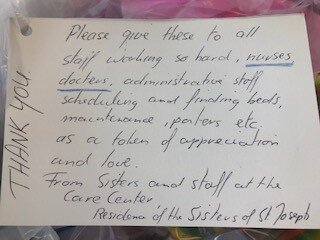from Our CSJ ASSOCIATES IN ZAÑA, PERU
Part TWO
Between August and September 2020, the lockdowns and restrictions were still in place, but by October, the Peruvian Government permitted people to leave their homes 3 days per week, at certain times (e.g., only after 11AM) and on certain days, including children and the elderly, but all citizens had to stay at home on Sundays. Churches would not open until November. However, new cases continued to emerge, especially because of crowding at the markets. Sadly, on October 27th, 2020, Delicia’s father, Armando Romero, died – he was 99 years old, and had served the community of Zaña especially in the agriculture sector, most of his life – a man respected and looked upon as friend by all.
By December 1st, another donation had arrived, which was very much needed and very much appreciated by the people - it helped to provide food before/by Christmas, and again, much-needed medicine. Deaths in and around Zaña however, were constant – isolation and restrictions were a constant – and getting in and out of Zaña or surrounding towns were all hardships (police permission was needed, buying gas for whatever vehicle would take one to the city and then paying for this service); also getting food somewhere was a daily hardship, and not having seeds or enough water to plant seeds etc.
2021:
In January, Peru experienced many strikes of doctors, workers, and many other service providers, who had not been paid for many months – as a result, people all over Peru, as well as Zaña and surrounding areas, were experiencing disruptions of all kinds, especially being cut off from supplies and food, as well as not being able to get into the towns and cities for so many needed services. In late March, Associate Pola Montenegro, whose health had been failing since January, caught Covid-19, and her family was experiencing ill health as well. Associate Cecelia Odar had been helping Pola get to medical appointments in Chiclayo since the New Year; now, together with a Zaña nurse, Cecelia was able to get oxygen for her, as well as some nursing help from the Zana Medical Post. Pola began to respond to medicine and the oxygen, but after 2 weeks, the oxygen supply in Zana and the city of Chiclayo had run out. However, Pola was able to breathe easier, and is still slowly recuperating. In April, Covid deaths in Zana continued, and many friends/people from Zaña, who were known to the Sisters of St. Joseph who had lived in Cayalti, Oyutun, and Zaña, had died from Covid.
However, in the first week of May, the town of Zaña announced that the first vaccinations would begin on Mother’s Day, May 9th, and asked all the women of Zana over 60 to be available for the vaccination process. Afterward, the younger residents and then all the residents would be able to be vaccinated – a miracle that had been waited and hoped for!!
May God accompany always our 7 Associates in Zaña, and all the people of Zaña and the nearby and surrounding areas, so that people may recuperate, and grow together as a community of love and support, becoming as our Associates in Zaña bear the name, “Milagro de Amor”, translated in English, “A Miracle of Love” (after a phrase from our Founder, Jean Pierre Medaille’s, writings).
Written by Zana Associates,
Delicia Ampuero and Cecelia Odar, and Janet Zadorsky, CSJ
“Milagro de Amor” /”A Miracle of Love” – Associates in Zaña, Peru
Rosa Pola Delicia Carmen Iris Cecelia Fela













